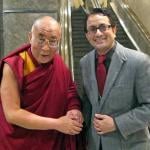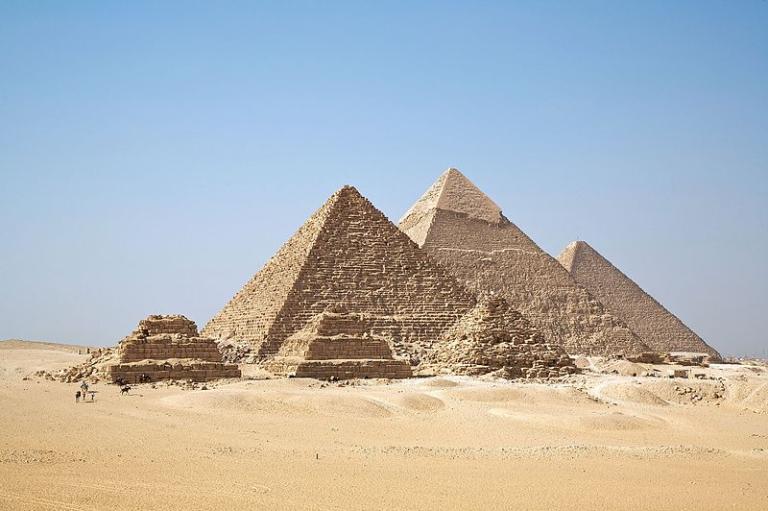
We enjoyed dinner last night with a former student of mine (during the intensive Arabic program that I directed in Jerusalem back in January through May or so of 1993) and his wife and family. They live in Ma‘adi, south of Cairo, about two blocks from where my wife and I lived when we were here in Egypt just after our marriage. He heads up the Egyptian operations of a significant company and is serving as the president of the Latter-day Saint branch here.
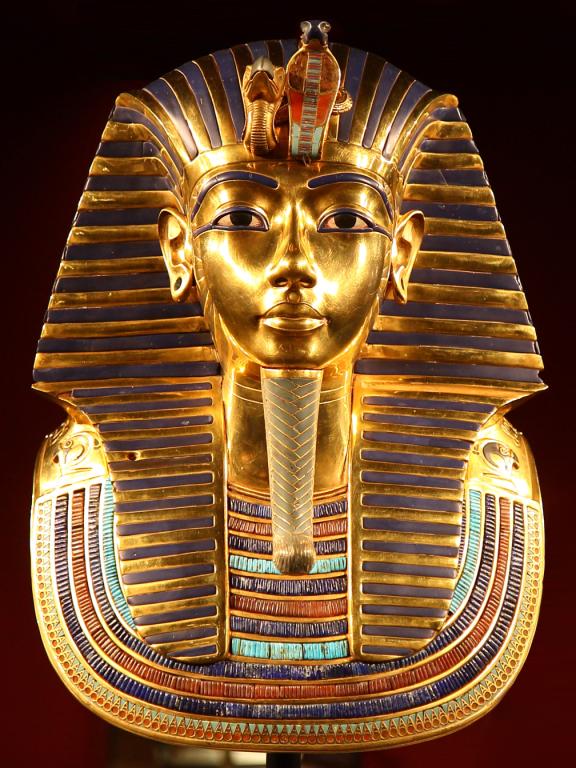
Wikimedia Commons public domain
It’s gratifying to see how well those students have turned out, despite even my malignant influence. They were, on the whole, a merry bunch of pranksters, and my wife and I liked them very, very much. I was glad, though, that I only heard about some of their adventures at the end of our stay in Jerusalem, or even afterwards, because . . . well, they would have put my obligation to enforce BYU rules to a severe test. But they have become model citizens and devoted Church leaders, and I’m proud of them.
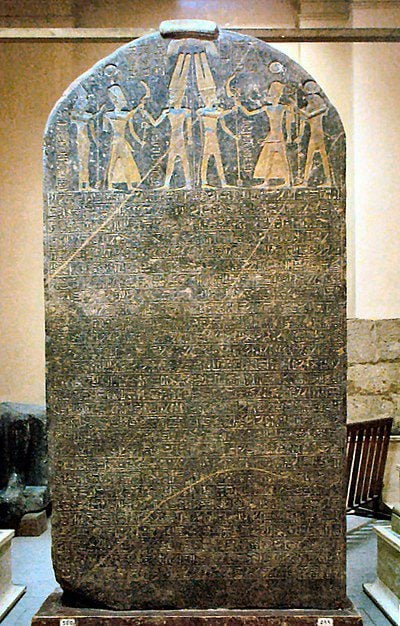
(Wikimedia Commons public domain image)
Today, we got off to an early start — though I think, having glanced at the tour itinerary, that it will be the latest start of our stay here in Egypt — to head over to the Giza Plateau, where we visited the Great Pyramid of Cheops (or Khufu) and some actually went inside. Then we had a forty-minute ride on either camels or chariots (carriages) from behind the Pyramid of Mycerinus (Menkaure) into the desert just a bit and then over near the Pyramid of Chephren (Khafre).
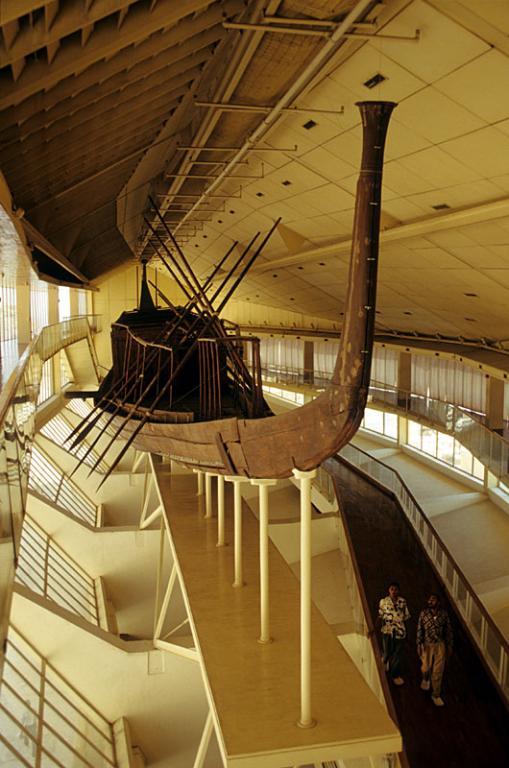
(Wikimedia Commons photo by Roland Unger)
After that, we visited the Solar Boat Museum on the southern side of the Great Pyramid and, from there, headed down to the area of the Great Sphinx and the adjacent valley temple.
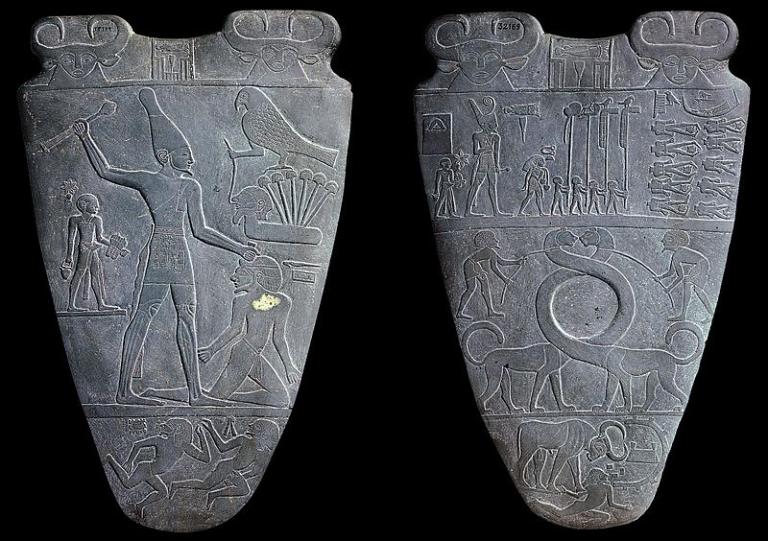
Following a grilled Egyptian lunch in Giza, we spent the remainder of the afternoon at the Egyptian Museum back in Cairo, on Tahrir Square. Our Egyptian guide, Hany Tawfeek, took us through the museum, paying special attention to such things as the enormously important Narmer Palette, the hall of the royal Egyptian mummies (which include those of Ramses the Great — Ramses II — and of the famous Queen Hatshepsut and of her stepson, the great warrior-pharaoh Thutmose III), the treasures of Tutankhamen, the mummies and funerary treasures of the courtier Yuya and his wife Tjuyu, and the historically valuable late-thirteenth-century BC Merneptah Stela, which boasts (inaccurately) that”Israel is laid waste and his seed is not” — thus providing the earliest known extrabiblical refernce to Israel.
Posted from Cairo, Egypt







